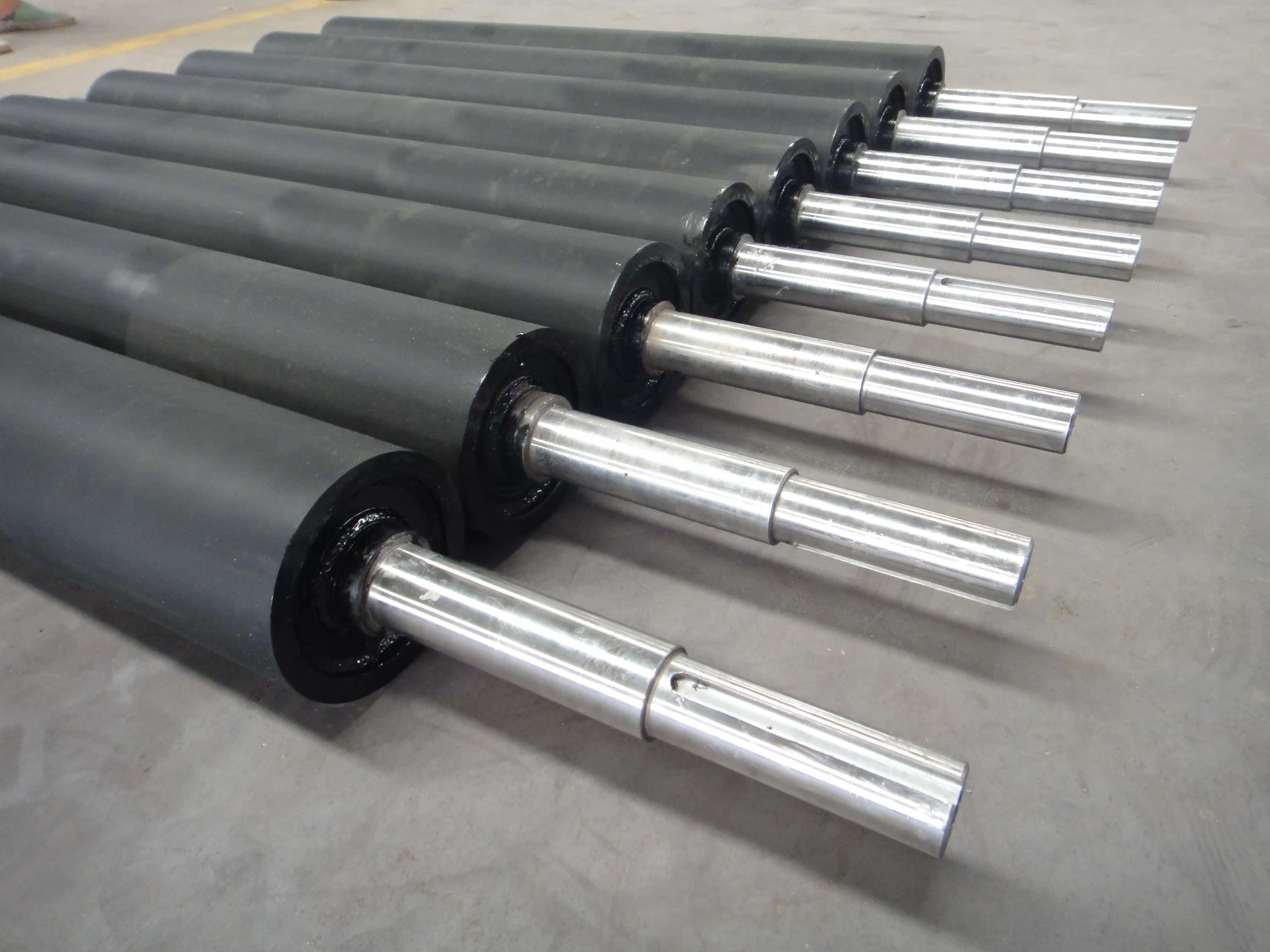 Afrikaans
Afrikaans  Albanian
Albanian  Amharic
Amharic  Arabic
Arabic  Armenian
Armenian  Azerbaijani
Azerbaijani  Basque
Basque  Belarusian
Belarusian  Bengali
Bengali  Bosnian
Bosnian  Bulgarian
Bulgarian  Catalan
Catalan  Cebuano
Cebuano  Corsican
Corsican  Croatian
Croatian  Czech
Czech  Danish
Danish  Dutch
Dutch  English
English  Esperanto
Esperanto  Estonian
Estonian  Finnish
Finnish  French
French  Frisian
Frisian  Galician
Galician  Georgian
Georgian  German
German  Greek
Greek  Gujarati
Gujarati  Haitian Creole
Haitian Creole  hausa
hausa  hawaiian
hawaiian  Hebrew
Hebrew  Hindi
Hindi  Miao
Miao  Hungarian
Hungarian  Icelandic
Icelandic  igbo
igbo  Indonesian
Indonesian  irish
irish  Italian
Italian  Japanese
Japanese  Javanese
Javanese  Kannada
Kannada  kazakh
kazakh  Khmer
Khmer  Rwandese
Rwandese  Korean
Korean  Kurdish
Kurdish  Kyrgyz
Kyrgyz  Lao
Lao  Latin
Latin  Latvian
Latvian  Lithuanian
Lithuanian  Luxembourgish
Luxembourgish  Macedonian
Macedonian  Malgashi
Malgashi  Malay
Malay  Malayalam
Malayalam  Maltese
Maltese  Maori
Maori  Marathi
Marathi  Mongolian
Mongolian  Myanmar
Myanmar  Nepali
Nepali  Norwegian
Norwegian  Norwegian
Norwegian  Occitan
Occitan  Pashto
Pashto  Persian
Persian  Polish
Polish  Portuguese
Portuguese  Punjabi
Punjabi  Romanian
Romanian  Russian
Russian  Samoan
Samoan  Scottish Gaelic
Scottish Gaelic  Serbian
Serbian  Sesotho
Sesotho  Shona
Shona  Sindhi
Sindhi  Sinhala
Sinhala  Slovak
Slovak  Slovenian
Slovenian  Somali
Somali  Spanish
Spanish  Sundanese
Sundanese  Swahili
Swahili  Swedish
Swedish  Tagalog
Tagalog  Tajik
Tajik  Tamil
Tamil  Tatar
Tatar  Telugu
Telugu  Thai
Thai  Turkish
Turkish  Turkmen
Turkmen  Ukrainian
Ukrainian  Urdu
Urdu  Uighur
Uighur  Uzbek
Uzbek  Vietnamese
Vietnamese  Welsh
Welsh  Bantu
Bantu  Yiddish
Yiddish  Yoruba
Yoruba  Zulu
Zulu belt drive pulley types
Understanding Belt Drive Pulley Types
Belt drive systems are ubiquitous in various mechanical applications, from automobiles to industrial machinery. At the core of these systems lies the pulley, a vital component that facilitates the transfer of power and motion from one shaft to another. This article explores the different types of belt drive pulleys, their functions, and applications.
1. Types of Belt Drive Pulleys
Belt drive pulleys come in several types, primarily categorized into two main classes fixed and adjustable pulleys.
Fixed Pulleys Fixed pulleys are rigidly attached to a shaft and do not change their position during operation. They are typically used to change the direction of the belt or to transmit power from one shaft to another. Within fixed pulleys, there are further classifications
- V-Belt Pulleys These pulleys are designed with a groove that matches the V-shape of the V-belt. They are commonly found in automotive engines and various machinery. The V-shape helps to prevent slippage and enables efficient power transfer. - Flat Pulleys Unlike V-belt pulleys, flat pulleys have a flat surface for the belt to rest on. These are typically used in applications where the belt does not need to carry a heavy load or where high-speed operation is not a concern.
Adjustable Pulleys Adjustable pulleys can change their diameter or position, allowing for variances in speed and torque transmission. They are often used in sophisticated mechanical setups where adaptability is crucial.
- Variable Diameter Pulleys These pulleys can alter their diameter dynamically during operation. This feature provides flexibility in speed adjustment, making them ideal for applications requiring precise speed control, such as in certain types of conveyor systems or variable speed drives.
- Step Pulleys Step pulleys consist of multiple diameters stacked along the same shaft. By shifting the belt from one step to another, users can change the gear ratio and effectively alter the output speed. This design is commonly used in lathes and milling machines.
belt drive pulley types

The materials used for pulleys also play a critical role in their performance. Common materials include
- Aluminum Lightweight and resistant to corrosion, aluminum pulleys are suitable for various applications, especially in automotive and aerospace industries. - Steel Known for its strength and durability, steel pulleys can handle heavy loads and are often used in industrial settings. They may be coated for corrosion resistance.
- Plastic Lightweight and resistant to wear, plastic pulleys are often employed in smaller machinery and appliances. They provide a cost-effective solution for less demanding applications.
3. Applications of Belt Drive Pulleys
Belt drive pulleys have a wide array of applications across different fields. In the automotive industry, they function in engines, alternators, water pumps, and air conditioning systems, ensuring that power is effectively transmitted to various components.
In manufacturing, belt drives are utilized in conveyor systems, where goods are transported across horizontal and vertical distances. The adjustable nature of certain pulleys allows for efficient speed regulation, which is essential for assembly lines and automated systems.
Moreover, in the agricultural sector, belt drive systems power equipment like tractors, harvesters, and irrigation systems, demonstrating the versatility of this technology.
Conclusion
Belt drive pulleys are essential components in mechanical systems that facilitate efficient power transmission. Understanding the different types of pulleys, their materials, and applications is crucial for engineers and technicians working in various industries. With advancements in technology, the design and functionality of belt drive pulleys continue to evolve, contributing to enhanced performance and reliability in machines we depend on every day. By selecting the appropriate type of pulley for specific applications, users can optimize performance, reduce wear and tear, and ensure the longevity of their mechanical systems.
-
Revolutionizing Conveyor Reliability with Advanced Rubber Lagging PulleysNewsJul.22,2025
-
Powering Precision and Durability with Expert Manufacturers of Conveyor ComponentsNewsJul.22,2025
-
Optimizing Conveyor Systems with Advanced Conveyor AccessoriesNewsJul.22,2025
-
Maximize Conveyor Efficiency with Quality Conveyor Idler PulleysNewsJul.22,2025
-
Future-Proof Your Conveyor System with High-Performance Polyurethane RollerNewsJul.22,2025
-
Driving Efficiency Forward with Quality Idlers and RollersNewsJul.22,2025





























